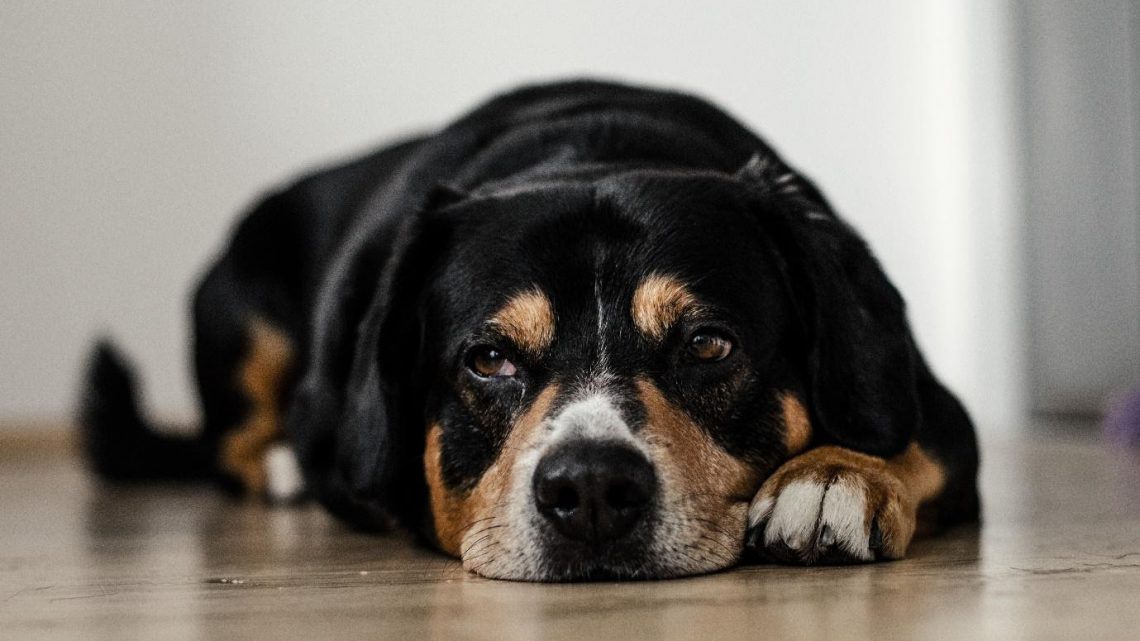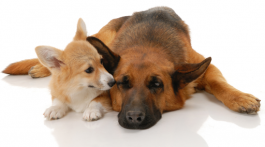Dealing with dogs that have separation anxiety can cause many problems for their owners. They can act
out in a variety of ways, such as digging or barking. It is important to remember that your dog
is not doing this intentionally but just trying to deal with the fact that you are not home.
Dogs are family orientated animals and is natural for them to feel alone and vulnerable when others are not around.
If your dog is suffering from separation anxiety there are several
things you can try to make it better. Just remember as with any training repetition,
reinforcement and rewarding are key for success.
Alter Your Routine When Leaving Home to Reduce Dog Separation Anxiety.
Your dog is very attuned to your habits. Breaking up your leaving routine can confuse them.
Try getting your keys and sitting down for a few minutes or putting on your coat and staying
inside for a while longer.
Avoid Long Goodbyes and Excited Hellos
Try not to make a fuss over your dog when leaving or coming home. If you feel the need to
say goodbye to your pooch, do it a few minutes before you actually leave. When they are
calm and relaxed you can leave silently and avoid all the drama.
Instead of giving them a big hello when you get back, wait until they are calm and them give
them a pat or reward. Doing this will reinforce calming behaviour and help them understand
that you not being there is not a big deal and reduce Your dog’s separation anxiety
Exercise before Leaving
Having a long walk or exercise play before you leave can help them settle as they should be
tired. It will help them associate you leaving for the day with a fun exercise and possibly
create something they look forward to instead of fearing.
Provide Background Noise to Help Break the Silence
While you may not be aware, your home is the source of constant noise. When nothing is
happening or no noise is being made this can appear very different to a dog, and they may
try to break the silence by barking.
Try leaving a television, or the radio on. It will help mimic the standard household noises and
offer them some distraction. For the very keen you can try recording your own household
noises and play that back at a low volume.
Start with Shorter Trips
Getting your pet used to you being gone can take time. Gradually introduce them to this by
going for short trips. Start with five minutes and build up to and hour. Eventually your dog will
understand that even though you are not currently home, you will be coming back.
Hire a Pet Sitter
Pet sitters are a great way to have someone drop by and check on or walk your pet. They
are especially good if you need to leave for a few days or you have extended working hours.
It will help break up the time that you are away. This will help you deal with your dog’s separation anxiety.
If your pet sitter is especially good, it can make your dog look forward to the time they spend
with them. Think of it like having a favourite uncle or auntie dropping by to hang out for a
while.




[…] or destructive. A highly strung or anxious dog can begin to exhibit odd behaviour. This can include excessive barking, scratching, and whimpering. In some cases when a dog is bored due to lack of exercise, they’ll […]